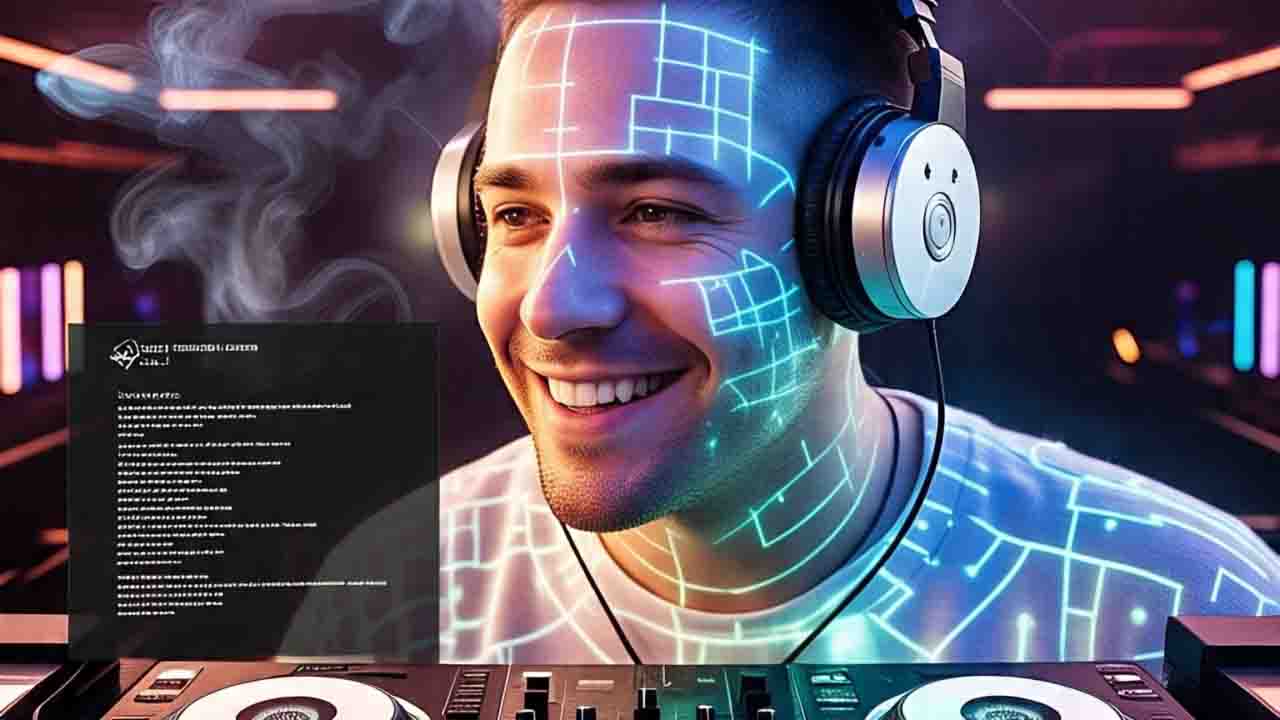
Clubdelisa – As cities around the world reinvent how people socialize after dark, Immersive Nightlife has emerged as a transformative trend reshaping club culture. Gone are the days when nightclubs were simply spaces for loud music and late-night dancing. Today, a new wave of venues is combining art, music, interactive technology, and multisensory design to create unforgettable experiences that go far beyond traditional partying.
Immersive Nightlife is redefining what it means to go clubbing. Instead of focusing solely on the DJ or the bar, modern clubs are curating entire sensory environments. Visual projection mapping, light-reactive dance floors, and surround-sound systems are just the beginning. Some venues now incorporate scent engineering to influence mood. While others offer digital art installations that respond to movement or music in real time.
One standout example is clubs utilizing holographic DJs, where audiences dance alongside digital avatars that sync to live mixes. These experiences aren’t just for entertainment they’re designed to foster deeper emotional connections between guests and their environments, and even among strangers sharing the dance floor.
“The Bricklaying Robot Revolutionizing Construction with AI”
What makes Immersive Nightlife so appealing is its ability to blend cutting-edge innovation with an age-old human desire: meaningful social interaction. At a time when smartphones often isolate people in social settings, immersive venues encourage physical presence and participation. Interactive elements like motion-triggered visuals or communal art walls invite guests to become active contributors to the ambiance, not just passive consumers.
Some clubs have taken it a step further by removing mobile devices at the door. Promoting a phone-free zone that emphasizes eye contact, real conversation, and spontaneity. It’s a striking contrast to the past decade of nightlife, where social media often overshadowed the moment itself.
From Tokyo to Berlin, and New York to São Paulo, Immersive Nightlife is becoming the new global standard. Major cities are now competing to host the most innovative nightlife concepts, drawing not only partygoers. But also artists, designers, and tech developers eager to experiment with experiential space.
As more venues embrace this culture, clubbing is being reimagined as a form of interactive art a collaborative expression of community, technology, and atmosphere. For the next generation of clubbers, nightlife isn’t just about staying out late. It’s about stepping into a world designed to be felt, not just seen or heard.
“From Tokyo to Berlin: Custom Motorcycle Culture Went Global”